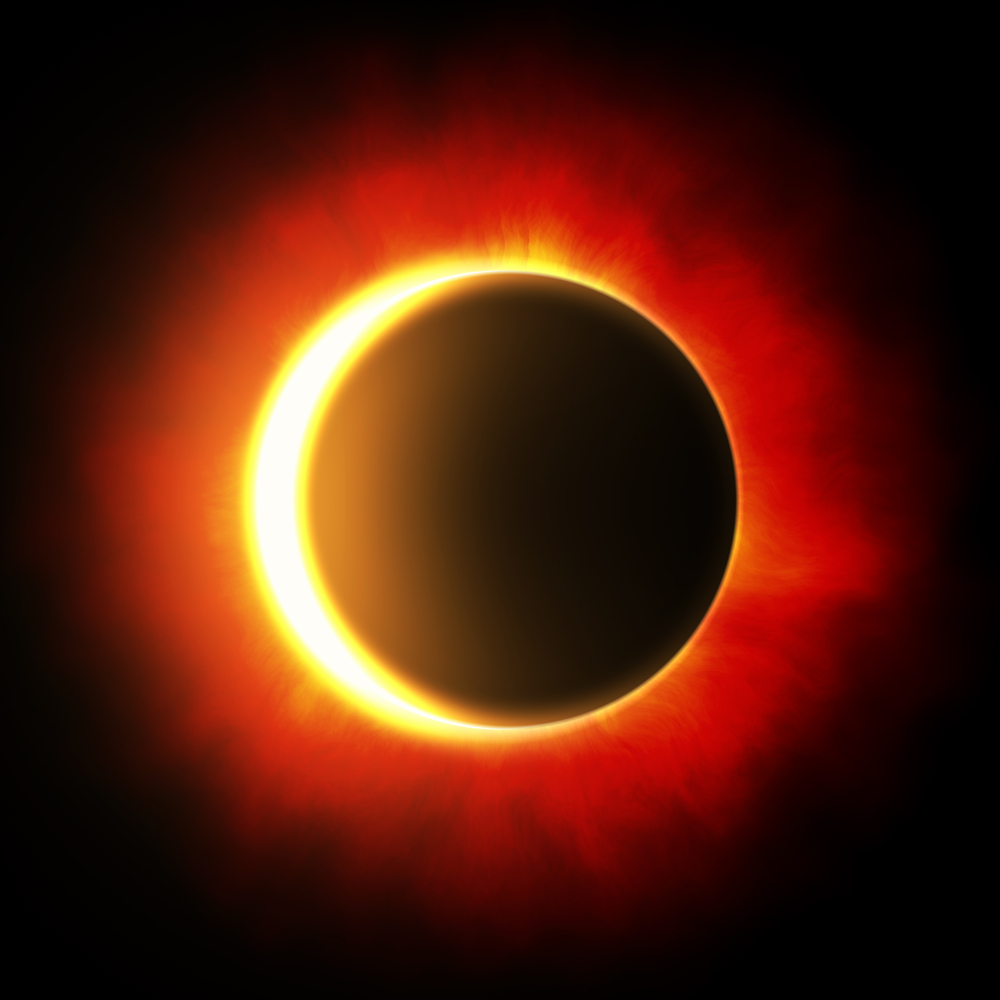It’s being billed as the "Great American Eclipse".
The total eclipse of the sun is only a month away, and the excitement is growing daily. Even the scientists at a press conference in Boulder Friday could barely contain their enthusiasm.
"I can't think of any other event that will have a greater reach. I really do compare it to the moon landing back in '69", said Dr. Lika Guhathakurta, NASA Lead Scientist for the 2017 Eclipse, at the event for reporters, hosted by NCAR.
A total solar eclipse will put the entire country in a shadow on August 21, and there is a 65-mile wide area called the 'path of totality'. In this path, the moon will completely eclipse the sun. It is an alignment, that scientists are very excited about.
It is a cosmic moment, where the distance and size of the moon, match the sun perfectly. So perfect that even artificial eclipse mechanisms can’t even duplicate it. They even called it a perfect moment.
"The moon is a perfect occulter. It blocks the surface of the sun, just perfectly, so that you can see very low into the solar atmosphere," said Dr. Carrie Black, Associate Program Director, NSF Division of Atmospheric and Geospace Sciences.
The earth is constantly being bombarded by plasma and charged particles from the sun called solar wind, or simply space weather.
Dr. Scott McIntosh, Director of NCAR's High Altitude Observatory, added, "You may or may not know that we live in the suns corona, and that places Earth's technologically dependent society in peril, almost daily."
Space weather has a destructive impact on our satellites and even infrastructure on Earth.
We now have an array of brand new instruments in space and on earth that are just waiting for this perfect alignment, to shield them from the distractions of space weather. That will give us an unprecedented close up look at the suns lower atmosphere, where space weather originates.
Total solar eclipses have been fruitful for science in the past.
For instance, during the total solar eclipse of 1868, a French astronomer noticed an unknown element in the solar spectrum. We now know that element as helium.
Scientists hope that more scientific advancements will arise during this next eclipse. Scientists told reporters today, that the most likely scientific breakthrough, will come in the efforts to protect our civilization from the adverse effects of space weather.

